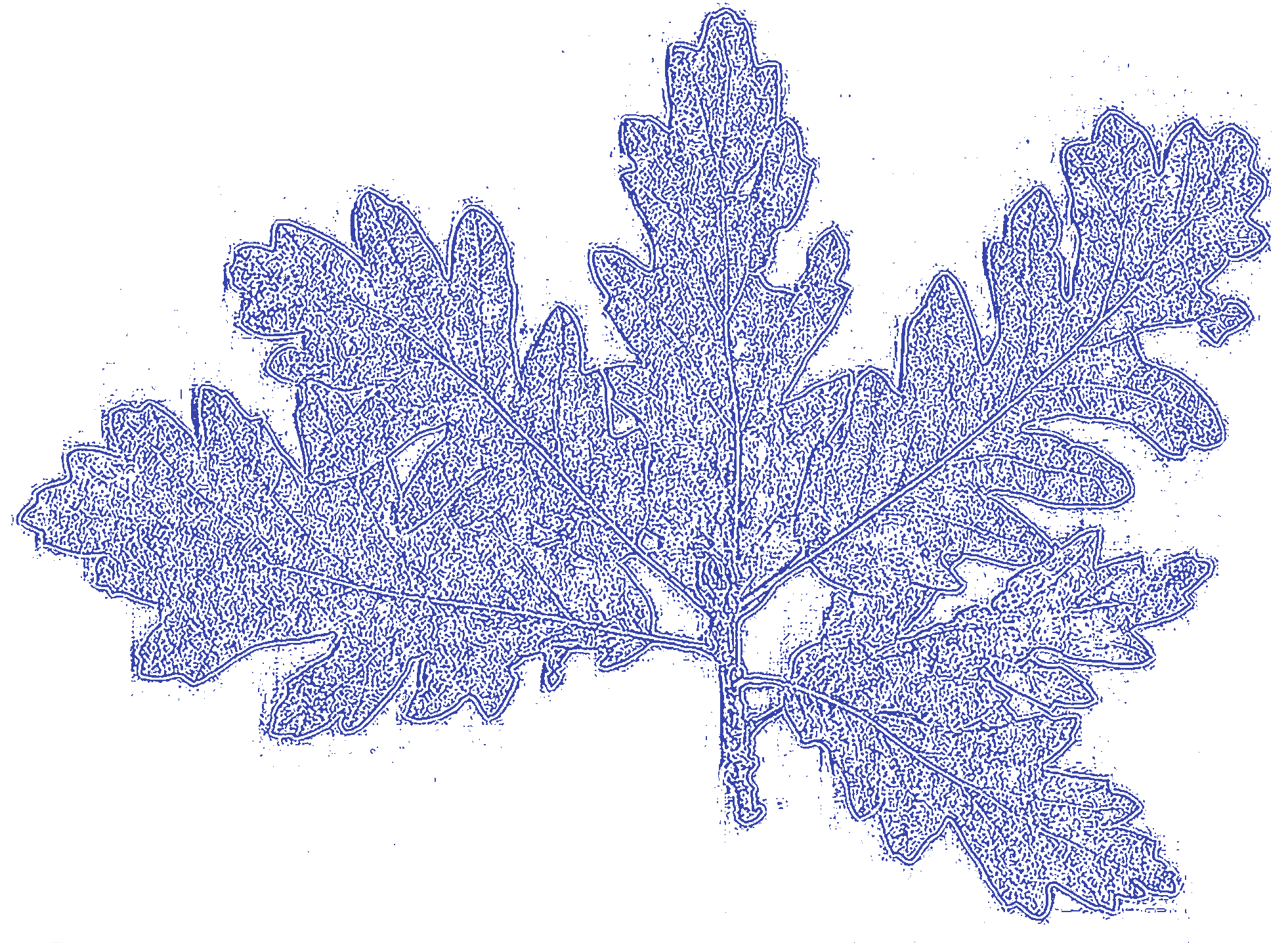The effect of steric repulsion on the torsional potential of n-butane: a theoretical study
Само за регистроване кориснике
2015
Чланак у часопису (Објављена верзија)

Метаподаци
Приказ свих података о документуАпстракт
The origin of the rotational barriers in n-butane and gauche conformational energy, the prototypes of steric repulsion, has been re-examined by using energy decomposition analysis. The Pauli repulsion was found to be an important factor, but not the source of the barriers and gauche/anti energy difference. Rather, it should be considered as a driving force for structural changes accompanying the rotation. The repulsion (steric) energy partly transfers into the deformation energy of ethyl fragments and also affects a decrease in electrostatic, orbital and dispersion interactions by inducing the structural changes, particularly the central CC bond lengthening, while it becomes less destabilizing during the anti-butane rotation.
Кључне речи:
Butane / Torsional potential / Conformational analysis / Steric repulsion / Orbital interaction / Energy decomposition analysisИзвор:
Tetrahedron, 2015, 71, 32, 5119-5123Издавач:
- Oxford : Pergamon-Elsevier Science Ltd
Финансирање / пројекти:
- Експериментална и теоријска проучавања реактивности и биолошка активност стереодефинисаних тиазолидина и синтетичких аналога (RS-MESTD-Basic Research (BR or ON)-172020)
DOI: 10.1016/j.tet.2015.06.002
ISSN: 0040-4020
WoS: 000357753200003
Scopus: 2-s2.0-84931563450
Институција/група
IHTMTY - JOUR AU - Stojanović, Milovan AU - Aleksić, Jovana AU - Baranac-Stojanović, Marija PY - 2015 UR - https://cer.ihtm.bg.ac.rs/handle/123456789/1628 AB - The origin of the rotational barriers in n-butane and gauche conformational energy, the prototypes of steric repulsion, has been re-examined by using energy decomposition analysis. The Pauli repulsion was found to be an important factor, but not the source of the barriers and gauche/anti energy difference. Rather, it should be considered as a driving force for structural changes accompanying the rotation. The repulsion (steric) energy partly transfers into the deformation energy of ethyl fragments and also affects a decrease in electrostatic, orbital and dispersion interactions by inducing the structural changes, particularly the central CC bond lengthening, while it becomes less destabilizing during the anti-butane rotation. PB - Oxford : Pergamon-Elsevier Science Ltd T2 - Tetrahedron T1 - The effect of steric repulsion on the torsional potential of n-butane: a theoretical study VL - 71 IS - 32 SP - 5119 EP - 5123 DO - 10.1016/j.tet.2015.06.002 ER -
@article{
author = "Stojanović, Milovan and Aleksić, Jovana and Baranac-Stojanović, Marija",
year = "2015",
abstract = "The origin of the rotational barriers in n-butane and gauche conformational energy, the prototypes of steric repulsion, has been re-examined by using energy decomposition analysis. The Pauli repulsion was found to be an important factor, but not the source of the barriers and gauche/anti energy difference. Rather, it should be considered as a driving force for structural changes accompanying the rotation. The repulsion (steric) energy partly transfers into the deformation energy of ethyl fragments and also affects a decrease in electrostatic, orbital and dispersion interactions by inducing the structural changes, particularly the central CC bond lengthening, while it becomes less destabilizing during the anti-butane rotation.",
publisher = "Oxford : Pergamon-Elsevier Science Ltd",
journal = "Tetrahedron",
title = "The effect of steric repulsion on the torsional potential of n-butane: a theoretical study",
volume = "71",
number = "32",
pages = "5119-5123",
doi = "10.1016/j.tet.2015.06.002"
}
Stojanović, M., Aleksić, J.,& Baranac-Stojanović, M.. (2015). The effect of steric repulsion on the torsional potential of n-butane: a theoretical study. in Tetrahedron Oxford : Pergamon-Elsevier Science Ltd., 71(32), 5119-5123. https://doi.org/10.1016/j.tet.2015.06.002
Stojanović M, Aleksić J, Baranac-Stojanović M. The effect of steric repulsion on the torsional potential of n-butane: a theoretical study. in Tetrahedron. 2015;71(32):5119-5123. doi:10.1016/j.tet.2015.06.002 .
Stojanović, Milovan, Aleksić, Jovana, Baranac-Stojanović, Marija, "The effect of steric repulsion on the torsional potential of n-butane: a theoretical study" in Tetrahedron, 71, no. 32 (2015):5119-5123, https://doi.org/10.1016/j.tet.2015.06.002 . .


